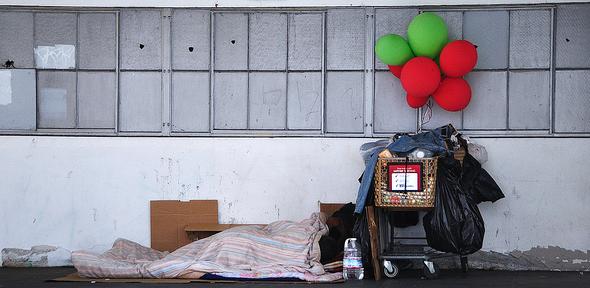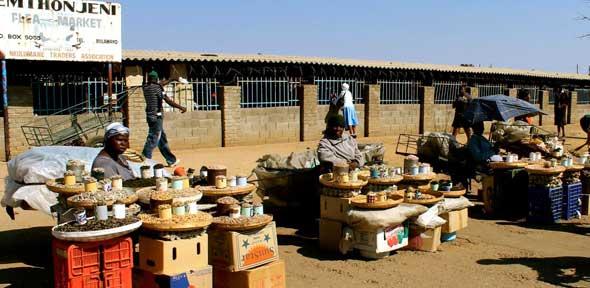
As thousands of people head overseas for their holidays, many will be packing guidebooks listing the best bars, beaches and beauty spots. Far fewer will be squeezing foreign language phrase books into their bags. The British are complacent when it comes to acquiring other languages: we simply assume that most people we encounter in tourist centres will speak English. And it’s true: many of them do.
This was not the case four centuries ago when the Grand Tour was an educational rite of passage and an increasing number of entrepreneurs began to forge trade links across Europe and beyond. In the 16th and 17th century English was a minority language, a mere upstart in comparison with Latin (taught at school and considered a vital accomplishment among the elite classes) and French (the language of culture and refinement, as well as of diplomacy and commerce). A grasp of Italian too became desirable – as a language of courtly poetry and behaviour at Elizabeth’s court, a language of trade throughout the Mediterranean, and the language of opera, which seized the English fashionable imagination in the early 18th century.
A flourishing industry grew up to fill a gap in the market and in a digital Anglo-centric world these publications tell us much more about the past than simply how to buy a horse or rent a room at an inn in French. Phrase books and travel guides from the 16th and 17th centuries reveal much about the preoccupations of the time and, in the varied dialogues and phrases they offered, reflect the needs of different groups of learners, be they tourists keen to visit the art collections of Italy or the salons of Paris, merchants seeking to make deals in Dutch marketplaces, or spies intent on learning the secrets of continental powers.
John Gallagher, a PhD candidate in the Faculty of History at the University of Cambridge, is fascinated by the ways in which these early phrase books are structured in terms of essential phase and vocabulary, and by the nature of the encounters they seek to make possible – from sober prayers to catalogues of raucous insult – ”I neuer thought that thou were otherwise, or an other manner of man then thou art: that is, a patch, a knaue, a naughtie one, a lyar, a ruffian, a deceauer, a wild one, a rope-cracker, a scolion, troublesome, a little foole, a wretch, wicked”. His close reading of this unique corpus of texts draws on his understanding of the social, economic and political history of the period he covers, which saw an explosion in travel and interest in the world beyond Britain.
“I’m also interested in what it means to be competent in a language and how that has shifted with time. It’s about getting away from binaries between being fluent or not fluent – you can get by in a country with just a smattering of a language. It’s this smattering – what it includes and what it ignores – that is so revealing about human encounters, since it shows how different people developed different kinds of competence depending on what they wanted language to do for them,” said Gallagher. “At its most fundamental it’s a matter of exploring the question of why we need foreign-language competence, and what it does for us.”
Gallagher studies collections of phrasebooks held in archives of libraries such as the British Library and Cambridge University Library, as well as the letters, notebooks, diaries, and memoirs of travellers and language-learners. The volumes he works on range from the late 15th century to the beginning of the 18th. Typically, the elite group of wealthy young men who undertook the Grand Tour as part of their education would have travelled with a small library of books that would help them with both practicalities (where to stay and where to procure good horses to get them to their next stopping point) and what to see (they observed modern political developments as well as the marvels of the classical civilisations). These privileged young men didn’t travel alone; they were accompanied by tutors whose job it was to keep their charges within their budgets and out of trouble, as well as supervising their education.
Latin was commonly learnt at grammar schools and from private tutors, if they could be afforded, while French too was widely taught. Some children from affluent families were sent to small establishments in French-speaking towns to bring their competence up to scratch. The Loire valley was reputed to be an area where the best French was spoken and many English travellers spent a sojourn at Blois, Orléans or Saumur – places that were helpfully close to friendly Protestant populations as well as offering access to the best French accents.
Just as today, some learners flourished while others failed miserably. Writers mocked those English-speakers who returned from time spent abroad having learnt only a few words of the tongue they were supposed to have acquired. The language teacher and satirist John Eliot urged learners “not to doe as many of our English doe commonly, who will begin one language to day, and another to morrow: then after they have learned a Comm’portez vous? in French: a Come state? in Italian, and a Beso las manos: in Spanish, they thinke themselues braue men by and by, and such fellowes as are worthie to be sent in ambassage to the great Turke.” These young Englishmen, inordinately proud of their smattering of a few languages, were ripe for parody.
While some language manuals were published anonymously, many were written by teachers who used their books as a way of advertising their own services. “When you look into the background of those who compile phrase books, you find that they often sit between two or more cultures – for example, they might be second generation immigrants who retain a strong sense of what it is like to try to communicate in another language and within another culture,” said Gallagher.
Most of Gallagher’s research is into phrasebooks produced for English-speakers travelling overseas, but he also looks at language teaching texts written for refugees arriving to settle in England, such as the texts written by and for the French Protestants who were forced to flee their country during Louis XIV’s programme of persecution. These manuals show how newly-arrived immigrants adjusted not just to the English language but to English customs which seemed bizarre to incomers.
He said: “One text, written to serve the wave of over 10,000 German-speaking migrants who arrived in London in 1709, emphasised the pitiable language they would need in order to ingratiate themselves in their host nation, with one German saying to another ‘let us ... be Industrious in whatever Place or Station, God & Her Majesty will be pleased to put us. And to behave our selves quietly & submissively to all People, and remember that we are strangers, and here upon Charity’.”
Gallagher’s interest in language-learning literature started well before he embarked on an undergraduate degree in French and History at Trinity College, Dublin. “When I was 12, I picked up a phrasebook in a Spanish hotel lobby and was hooked. I’ve always loved speaking other languages, and this strange kind of text is one that’s held my fascination for years.”
Earlier this year John Gallagher was recently named one of ten New Generation Thinkers for 2013/14 by BBC Radio 3 and the Arts & Humanities Research Council. Over the coming year, he will be working with BBC producers to contribute to Night Waves and to put together programme ideas, as well as speaking at the BBC Free Thinking Festival at The Sage, Gateshead in October.
With Dr Richard Blakemore, he is a co-founder and presenter of the Cambridge PhDcasts, a project undertaken with Cambridge’s Centre for Research in the Arts, Social Sciences and Humanities (CRASSH), which puts PhD students in front of the camera to give interviews about their academic research. The first season of PhDcasts can be viewed at http://www.crassh.cam.ac.uk/page/1185/camphdcasts.htm and filming has just been completed on a second season, due to appear online weekly from October.
“Our new PhDcasts showcase research from arts and social sciences faculties across Cambridge, taking us from the archaeology of the ancient Indus civilisation to the literature of modern-day South Africa, via Samuel Beckett, 13th-century musical manuscripts, the ethics and politics of human egg donation, and dog-training programmes in modern prisons,” said Gallagher. “We’re really excited to have started something that allows PhD students to bring cutting-edge research to a wide audience, and introduces people to the joys – and the complexities – of postgraduate work.”
You can follow John on Twitter @earlymodernjohn.
For more information about this story contact Alex Buxton, Office of Communications, University of Cambridge amb206@admin.cam.ac.uk 01223 761673
Inset images reproduced by kind permission of the Syndics of Cambridge University Library
Will you be speaking Greek, Turkish or Spanish on holiday this summer – or will you rely on the locals having a workable grasp of English? In his research, PhD candidate John Gallagher looks at the history of that unique form of literature - the foreign language phrase book.
This work is licensed under a Creative Commons Licence. If you use this content on your site please link back to this page.



















 Is there a moral imperative for the rich to help the poor?
Is there a moral imperative for the rich to help the poor? What are the goals we should be working towards?
What are the goals we should be working towards? Does current practice in aid and development need rethinking?
Does current practice in aid and development need rethinking? Is military aid or intervention justified when civilian lives are at risk?
Is military aid or intervention justified when civilian lives are at risk? How are the politics of aid shifting?
How are the politics of aid shifting?












